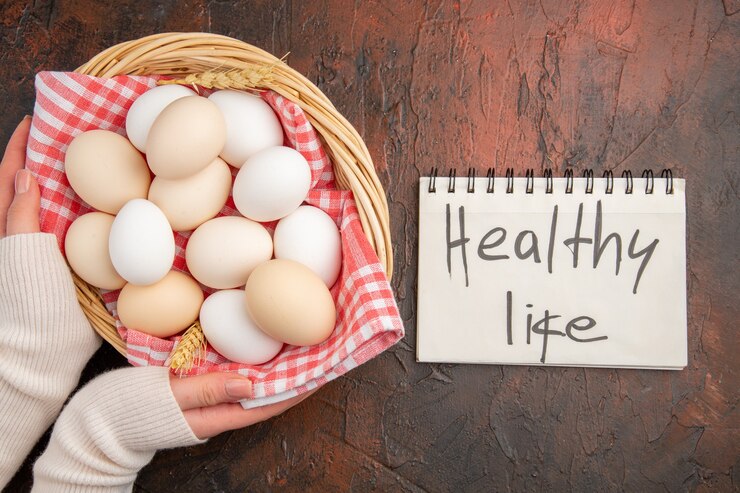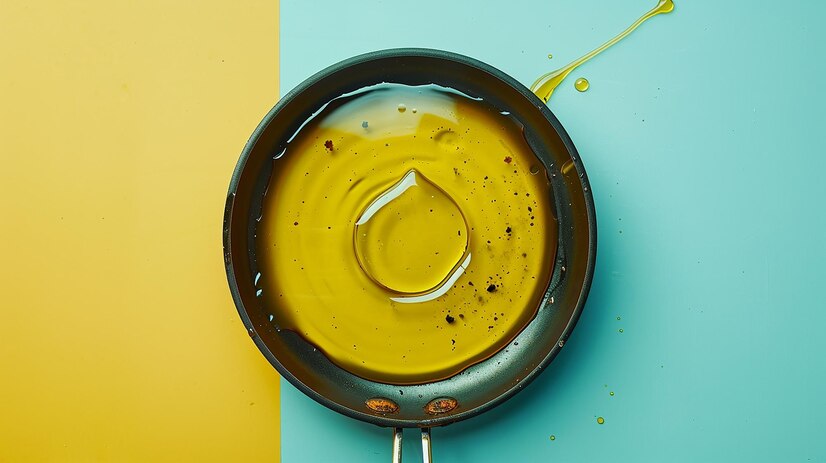The Christmas table has always been a centerpiece of celebration, evolving from its humble beginnings to a symbol of cultural fusion and modern trends. Let’s explore its journey through time, emphasizing its rich traditions and the role of food in festive cheer.
Early Christmas Feasts: Goose as the Star Dish
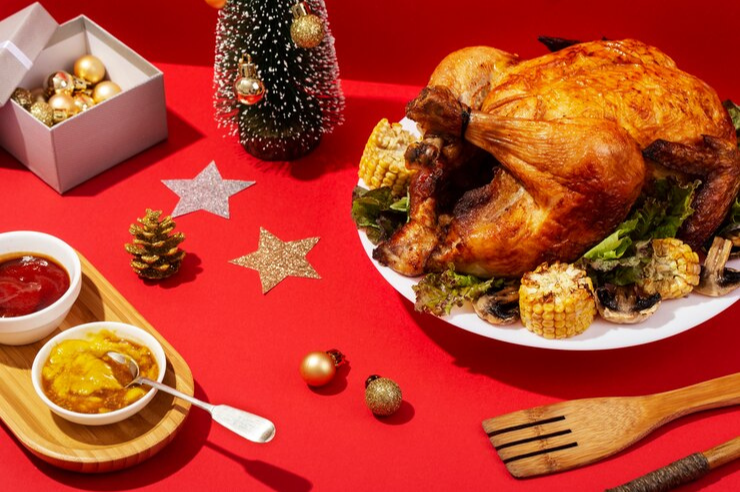
The Christmas table in medieval Europe often featured roast goose as its shining star. Goose was favored for several reasons:
- Accessibility and Affordability: Geese were easy to raise and provided a hearty meal for large families. Unlike turkey, which was still unknown in Europe, goose was readily available.
- Symbolism: Goose was considered a symbol of good fortune and abundance, making it a fitting choice for Christmas feasts.
Complementary dishes during this time included minced pies filled with dried fruits and spices, as well as puddings cooked in animal intestines. The Christmas table wasn’t just about food; it was a communal celebration, reflecting the harvest and community spirit.
The Victorian Influence: Turkey’s Arrival
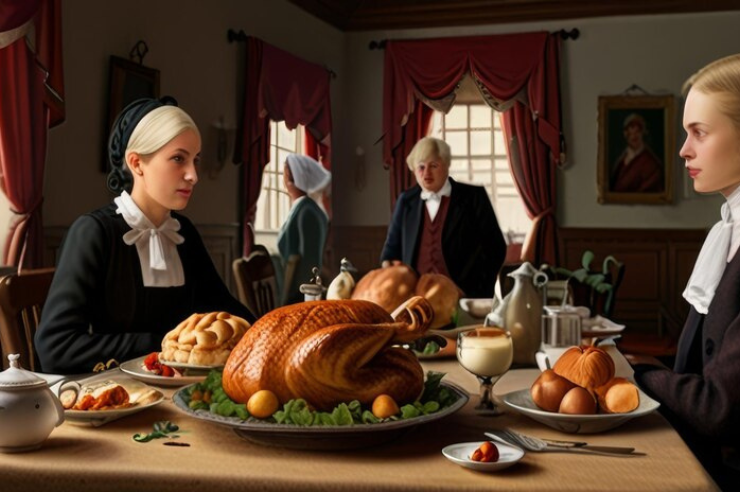
The Victorian era marked a turning point in the evolution of the Christmas table. Here’s why turkey replaced goose as the centerpiece:
- The Dickensian Effect: Charles Dickens’ A Christmas Carol popularized turkey as the ultimate Christmas meal. The Cratchit family’s dream of a turkey became emblematic of holiday feasts.
- Royal Endorsement: Queen Victoria’s preference for turkey further cemented its status as the bird of choice.
- Transport and Farming Innovations: Advances in transportation and farming made turkey more accessible to the average household, replacing the smaller goose on the Christmas table.
Accompanying the turkey were side dishes like roasted potatoes, sprouts, and stuffing, setting the tone for the modern Christmas dinner we know today.
The Christmas Table in the 20th Century: A Global Shift
American Influence: In the United States, turkey became synonymous with not only Christmas but also Thanksgiving. The tradition of cranberry sauce and pumpkin pie started influencing global Christmas menus.
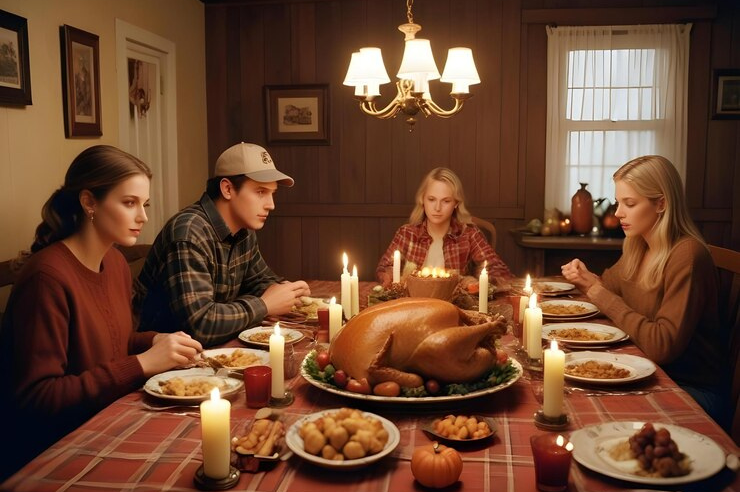
Regional Variations:
- In the UK, the Christmas pudding remained an essential part of the table.
- In Italy, seafood feasts became prominent, especially during Christmas Eve.
- In Japan, Christmas dining took an unexpected turn with fried chicken becoming the norm, thanks to clever marketing campaigns by KFC.
The globalization of cuisine introduced exotic flavors and dishes to the traditional Christmas table, making it a celebration of diversity.
Contemporary Trends: A New Take on the Christmas Table
Modern-day Christmas tables reflect evolving dietary habits and lifestyles:
- Plant-Based Alternatives: With the rise of veganism, dishes like nut roasts, lentil loafs, and plant-based “turkeys” are gaining popularity.
- Fusion Dishes: Chefs and home cooks are experimenting with global flavors, blending traditional recipes with modern twists—think cranberry teriyaki sauce or spiced turkey tikka.
- Sustainability: Eco-conscious consumers are focusing on locally sourced, organic ingredients to minimize their carbon footprint during the holidays.
These trends not only redefine the Christmas table but also keep it relevant for the modern age.
The Symbolism of the Christmas Table
The Christmas table is more than just a setting for festive meals; it serves as a microcosm of the season’s traditions, family bonds, and cultural values. Its elements—whether culinary, decorative, or functional—carry deep symbolic meanings that vary across regions and eras but universally celebrate togetherness, gratitude, and hope.
The Feast as a Symbol of Abundance
Historically, the Christmas table has been a showcase of abundance and prosperity, reflecting the communal effort to create a grand feast. In medieval Europe, it symbolized the end of a long agricultural year, where dishes such as roasted meats, pies, and ale honored the fruits of labor and gratitude for the harvest. Over time, this evolved into a modern display of festive cheer, where the table brims with indulgent foods representing generosity and goodwill.
The Central Dish as a Cultural Icon
The main dish—be it roast goose, turkey, or ham—often serves as the centerpiece of the Christmas table and is laden with cultural significance. For example, in Victorian England, the transition from goose to turkey symbolized changing societal aspirations and a shift toward modern dining trends. In some Scandinavian traditions, the Christmas table features a roast ham as a nod to Viking feasts and pagan winter solstice customs, blending history with contemporary celebration.
Table Decorations and Their Symbolism
The decorations on the Christmas table are equally symbolic. Elements like candles signify hope and light during the darkest days of winter, while wreaths and evergreen sprigs embody resilience and continuity, connecting us to ancient solstice rituals. Modern interpretations often include thematic colors like red and green for warmth and renewal, gold for prosperity, and white for purity. Each item is chosen not only for aesthetic appeal but also for its ability to evoke a sense of meaning and nostalgia.
The Act of Gathering
Beyond the food and decorations, the act of gathering around the Christmas table symbolizes unity and reconciliation. Families and friends come together, setting aside differences to celebrate shared traditions and rekindle connections. For many, the Christmas table becomes a space of healing and storytelling, where past memories are cherished, and new ones are made.
Modern Symbolism
In today’s globalized world, the Christmas table continues to evolve, incorporating diverse cuisines and traditions. Vegan and sustainable dishes reflect a growing awareness of ethical eating, symbolizing care for the planet and future generations. DIY food stations, popular in contemporary celebrations, represent creativity and inclusivity, inviting guests to contribute to the festive experience.
The Message of Hope
At its core, the Christmas table embodies the spirit of the holiday: hope, love, and renewal. Whether laden with traditional dishes or modern innovations, its role transcends culinary indulgence, becoming a sacred space where the essence of Christmas is celebrated.
How to Personalize Your Christmas Table Today
Want to make your Christmas table truly yours? Here are some tips:
- Blend Old and New: Include both traditional dishes, like roasted vegetables, and modern creations, such as a vegan Wellington.
- Add Personal Touches: Incorporate family recipes or cultural influences, such as tamales for a Mexican twist or panettone for an Italian flair.
- Creative Table Settings: Use handmade decorations, themed napkins, and eco-friendly candles to elevate the ambiance.
- Interactive Elements: Introduce DIY food stations, like a hot cocoa bar or build-your-own dessert plates, to make dining fun and engaging.
Your Christmas table should reflect not only your tastes but also your values and traditions, creating a feast to remember.
Conclusion: The Timeless Charm of the Christmas Table
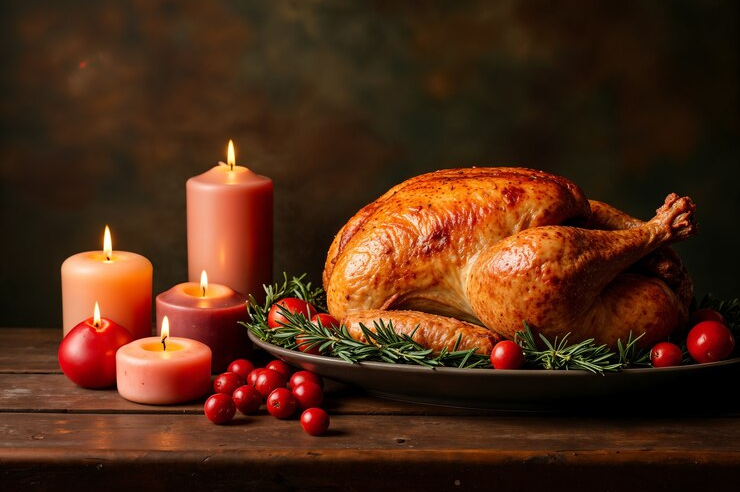
From its medieval roots featuring roast goose to today’s plant-based and fusion innovations, the Christmas table has evolved alongside society. Its timeless charm lies in its ability to bring people together, celebrating the past while embracing the future. As we gather this Christmas, let’s honor this tradition and create new memories around our very own Christmas table.
Feel free to contact us to find out more about us and our services, explore who we are, or discuss advertising opportunities. Don’t overlook subscribing to our magazine for monthly updates, exclusive insights, and more exciting content!


